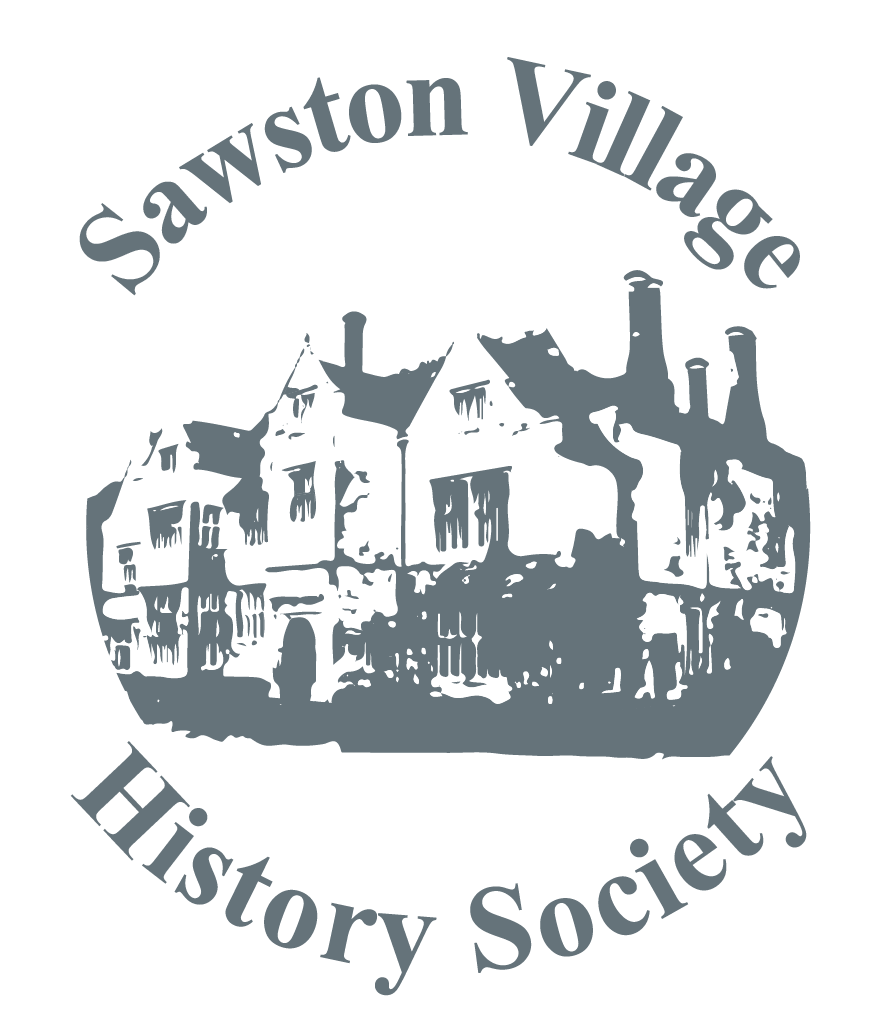
Sean started by telling us that his interest in India stemmed from his family's involvement during the Raj. As part of his research he was able to visit the building in which his grandfather had worked.
With the need to build bridges after the mutiny, one of the concerns was the health of Indian women who were in purdah, and could not be seen by male doctors. This was the time when the first women were coming out of medical school, and finding great difficulty in finding jobs in Britain, India was a great opportunity for them and met a real need. They were keenly supported by Queen Victoria.
Among other measures was the founding in 1861 of The Most Exalted Order of the Star of India modelled on British orders of chivalry. Indian princes and chiefs were appointed to this order and also paid an annual subsidy which enabled them to live a lifestyle to which they would like to be accustomed.
Queen Victoria became Empress of India in 1877 when Benjamin Disraeli was Prime Minister. This may not have excited people in Britain, but it was well received in India. It harked back to the Mughal emperors, and the fact that she was still living in seclusion following Albert's death, matched Indian customs of women in purdah.
Lord Lytton was the Viceroy and Governor General at this time. He arranged the first Coronation Durbar in 1877 when he represented the queen, and all the princes and chiefs came to pay homage. Another Coronation Durbar was held in 1903 following the coronation of Edward VII in 1902. These were both held in Delhi which had been the Mughal capital, rather than Calcutta which was the capital of the British Raj at the time. This was another reference back to the tradition of Emperors in India.
In 1905 the Prince of Wales (the future George V) and Princess Mary paid a state visit to India arriving in Bombay. While the Prince of Wales did all the things that an emperor should do such as riding elephants, shooting and so on, Mary took a great interest in the country and collected many books and pamphlets, which can now be seen in the Prince of Wales Museum in Mumbai.
Following the coronation of George V and Queen Mary, they returned to India again in December 1911 for the Delhi Coronation Durbar. Although he had been crowned King of Great Britain, George V needed to be proclaimed Emperor of India. On arrival they did not create a very good impression: they were dressed in ordinary everyday clothes rather than the ceremonial dress that the crowds expected to see. However, they did wear their coronation robes at the Durbar together with specially made crowns, as the original coronation crown may not be taken out of the country.
The site of the Durbar was a very large area with a great number of temporary buildings and tents, many of which burnt down. It was like a film set, and it was in fact filmed and the somewhat fuzzy and silent result can be viewed on the internet. It was basically a ceremony of homage in Indian fashion, after which the King and Queen showed themselves on the balcony, following Mughal practice, and then on the roof where they could be better seen.
After the Durbar, the King enjoyed himself racing and hunting, while the Queen visited holy places. A picture in her scrapbook contrasts the empty Mughal palace with a hive of activity at the British residency. Or is it not wishing to intrude on Indian culture?